‘Turning design vision into reality’: Sony interviews its FE 50mm f/1.2 G Master development team
posted Monday, May 3, 2021 at 2:00 PM EDT
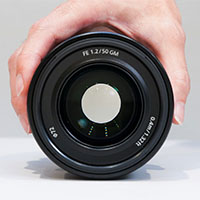
Sony has recently published an interview with the lead designers of its recent FE 50mm f/1.2 G Master lens. The interview includes Product Leader and Optical Design Lead, Atsuo Kikuchi; Mechanical Design Lead, Yuichiro Takata; and Actuator Control Lead, Yuki Mizuno.
While, of course, the interview is in part a form of advertising for Sony, it also includes a lot of interesting insight into the FE 50mm f/1.2 GM lens, the lens design process in general, and how Sony's unique technologies work in the company's latest optics. It's a lengthy interview, as well, so we'll just be highlighting some of the key takeaways from the article.

Atuso Kikuchi, when asked what some of the goals were when designing Sony's first f/1.2 lens, said that it was a delicate balancing act between multiple concerns. A G Master lens must deliver optimum sharpness and bokeh performance, of course, but it couldn't do it at the expense of the compact and lightweight lens design that customers expect from Sony E mount lenses. The lens couldn't be large and heavy, nor could it include optical shortcuts that reduced image quality. Further, the lens must be able to focus quickly, quietly and accurately, or else it wouldn't hold up to Sony's performance standards.

In terms of optics, Kikuchi says, 'One of these was to keep the size of the front lens element down, despite the lens being f/1.2, through the adoption of multiple XA (extreme aspherical) lenses—a technology unique to Sony. This avoided the need to increase the front lens size, and allowed us to thoroughly compensate for aberrations that arise in larger diameter lenses.'
Further, the independently driven floating focus system, which includes two focus groups, was adopted to compensate for aberrations across the entire focus range. Kikuchi said, 'Essentially, increasing optical performance is all about how you reduce aberrations.' Focus itself is driven using Sony's proprietary XD (extreme dynamic) linear motor.
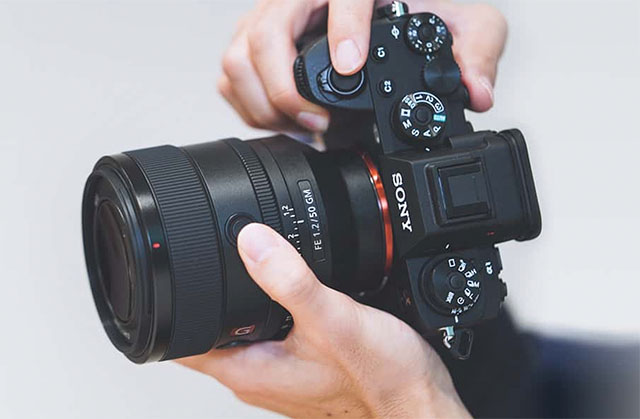
'Historically, 50mm lenses have typically used a Gauss-type layout. The Gauss layout has groups of lens elements distributed symmetrically on either side of a central aperture, which causes aberrations from each side of the aperture to cancel each other out,' Kikuchi said, 'However, this symmetrical structure by itself only compensates for distortion and curvature of field aberrations, and does not, for example, efficiently compensate for spherical aberration or sagittal flare. In short, this optical design choice wouldn't have allowed us to achieve the high aberration compensation performance that we were aiming for.' Sony opted for an asymmetrical design, and by using three XA lenses, the lens doesn't require a large front element and maintains its compact size. Using Sony's optical simulation technology, each XA lens was shaped for optimum performance over multiple iterations.
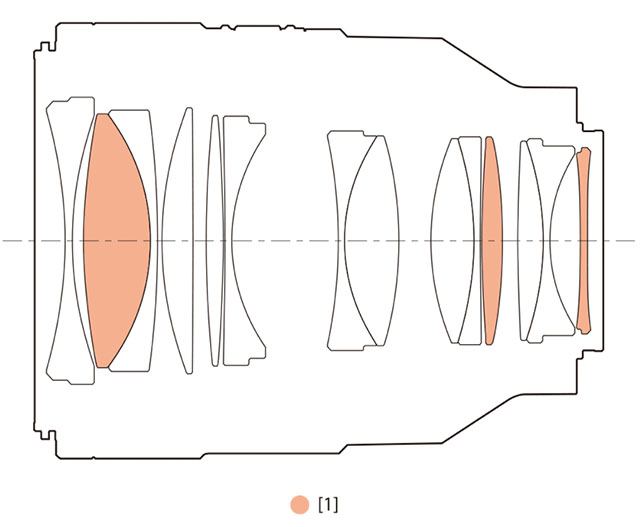
'As you may know, the surface accuracy of the XA lenses used in the G Master series is adjusted down to submicron level. The large f/1.2 aperture and large outer element diameter of this lens demanded a substantial increase in the precision of each step of the manufacturing process of the three XA lenses used, in order to achieve the increased surface accuracy required. It was the highest manufacturing hurdle we've ever faced. But integrating the design and manufacturing processes improved each step, and facing the new technological challenges head-on helped us to attain both a large diameter and high precision,' said Kikuchi.
As an engineer, Kikuchi's goal is to achieve the most efficient aberrations correction using the smallest number of lens elements. He believes that the new 50mm f/1.2 GM lens achieves this goal. 'Speaking as an optical designer, it's no exaggeration to call this lens the pinnacle of the G Master series, with the ultimate in resolution and bokeh. I look forward to our customers experiencing the beautiful bokeh and high resolution of this f/1.2 lens for themselves.'
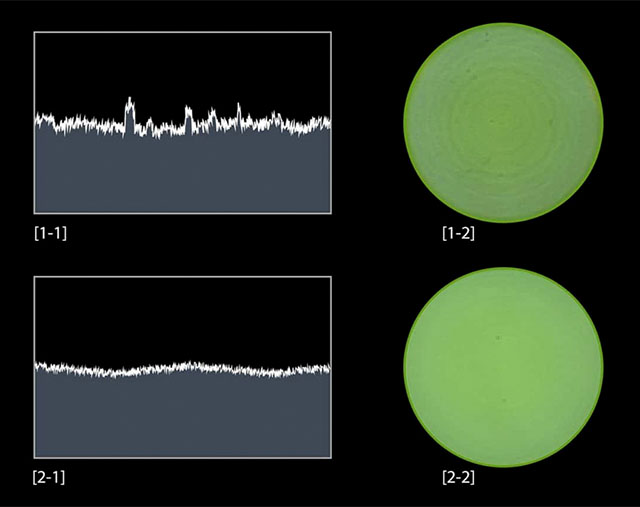
Beyond minimizing aberrations and delivering optimal resolution, an f/1.2 lens must also offer photographers pleasing bokeh. 'From the earliest stages of design we conducted repeated bokeh simulations and adjustments to discern the ideal level of spherical aberration, which let us optimize bokeh and resolution together without compromise on either,' said Kikuchi, 'Additionally, during manufacture, the spacing of the elements is adjusted lens by lens for fine control of spherical aberration—mastering the difficult balance between foreground and background bokeh to realize a beautifully neutral overall effect.' Further, the surface precision of the XA lenses also influences bokeh, ensuring smooth bokeh performance without any onion-ring effect or other distortions to bokeh.
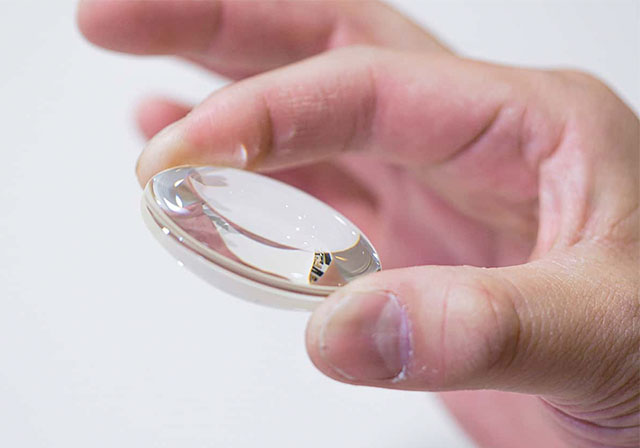
In addition to the internal design, the mechanical design of the lens itself matters significantly. The Mechanical Design Lead, Yuichiro Takata, said, 'The soft and beautiful bokeh is also due to the 11-blade circular aperture. The aperture unit was newly developed to maintain an almost circular form, even at two stops from fully open.' With a large f/1.2 aperture, a conventional aperture design would be large, too, requiring the diameter of the lens to be relatively wide. To keep the size of the lens down, Takata and his team redesigned the aperture mechanism from scratch. By downsizing the components of the aperture unit, the team had to increase its precision with machining and assembly too.
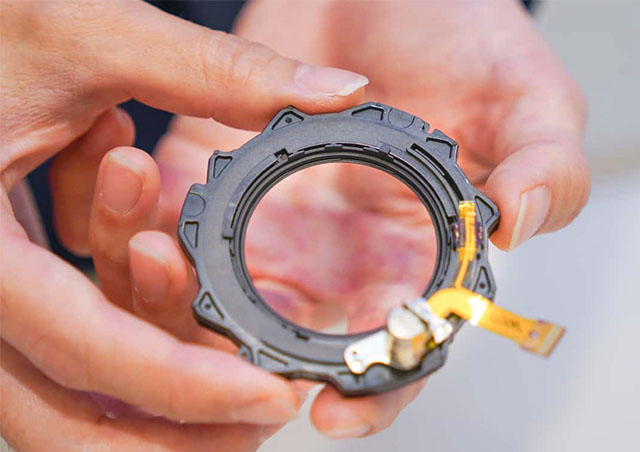
To achieve high optical performance with autofocus, the mechanical and software control teams must work closely. With an f/1.2 lens and its resulting shallow depth of field, there's very little room for error with autofocus accuracy. Further, if autofocus isn't quick, this significantly hampers the overall usability of the lens. 'Four features contribute most significantly: the floating focus structure; the XD Linear Motors; the four focus position sensors; and the optimized balance of the centers of gravity of the two focus lens groups,' said Takata.

'…Pinpoint focus accuracy is vital to achieve full-resolution performance at f/1.2, and this requires precisely synchronized movement of the two focus lens groups that are still relatively large and heavy. This was achieved by Sony's proprietary XD Linear Motors, which boast high thrust despite their small size,' said Takata. The four position sensors in the FE 50mm f/1.2 GM lens are used to track the focus lens groups at all times. To deploy the thrust of Sony's XD Linear Motors efficiently, a fixed optical group was inserted between the two lens focus groups. 'This aligns the thrust point of the motors with the center of gravity of each focus group, maximizing the efficiency of power transmission and eliminating wasteful thrust, and further contributing to the achievement of a high-speed, high-accuracy, and quiet autofocus drive.'
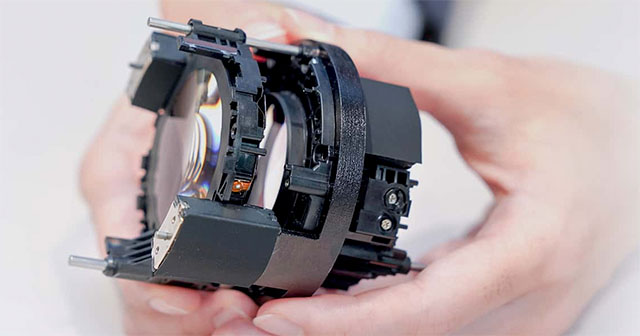
The focus drive itself is remarkably sophisticated. Enter Actuator Control Lead, Yuki Mizuno. The 50mm f/1.2 GM uses a total of four direct-drive XD Linear Motors, with two motors assigned to each of the two focus lens groups. 'Each motor was designed based on data from Sony's proprietary motor design simulation. Advances in motor design simulation technology have made it possible to develop highly efficient motors—producing sufficient power despite severe size constraints, and achieving high reliability in a variety of harsh environments. The ability to design motors with a specification and size optimally suited to this lens contributed to compactness without compromise on performance,' said Mizuno.

How do these actuators compare to more typical rotary-type actuators? Rotary-type actuators are often used to drive heavy focus groups, but using cams and gears to convert rotary motion into linear motion includes some inefficiency and power loss. Further, there are many mechanical parts at play, which can lead to noise and vibration. 'This wouldn't do for the high-performance f/1.2 lens that we were aiming for, so we decided to use small but powerful motors that can drive the focus groups directly and linearly – adopting XD Linear Motors that feature high speed with low noise and vibration,' said Mizuno.
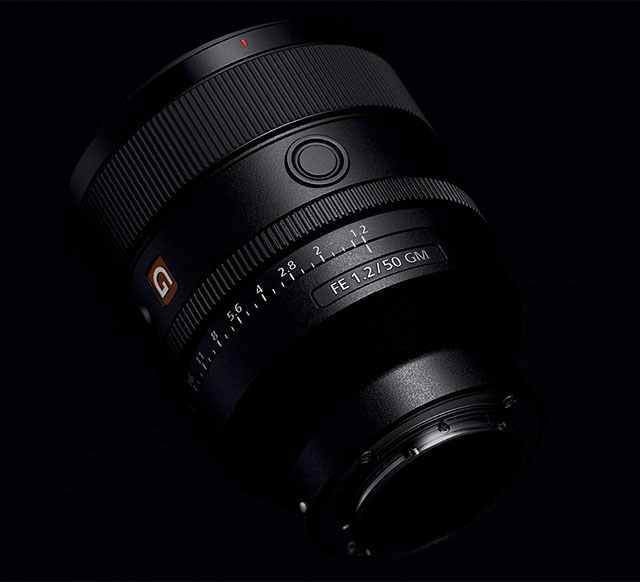
It may seem universally great to have very fast, efficient linear-type motors in a lens. However, linear-type motors don't include a speed reduction mechanism, so extremely responsive and precise control is required to deliver accurate focusing performance. This is where the four position sensors come into play. Mizuno said, 'Specifically, the four sensors that I mentioned earlier detect precisely the positions of the focus groups, and provide that positional data to the control system in an ultra-fast feedback cycle that boosts responsiveness. This also utilizes Sony's proprietary control simulation technology. Many patterns of lens motion and stopping were thoroughly and repeatedly simulated, tested on actual hardware, and analyzed. Finally, tuning was performed to give a smooth actuator motion—optimal for this lens—from acceleration to braking.'
There is a lot more insight in the full interview, so be sure to check it out. We have gone hands-on with the Sony 50mm f/1.2 GM lens, and you can read our impressions here.
(Via Sony Alpha Rumors)